That is why I have embraced using the Question-Answer Relationship with my students, especially since I work with the struggling readers. Using the reading comprehension strategy of QAR, along with some help from posters and activities made it easier for my struggling readers to understand the questions they have to answer.
What Is QAR?
QAR is the acronym for Question-Answer Relationship. It's so much easier to use those three letters, especially with our students. It is simple way of looking at the types of questions they have to answer about a text. There are 4 types of questions in QAR.
These reading comprehension strategy posters help students understand more about QAR in a simple way.
These reading comprehension strategy posters help students understand more about QAR in a simple way.
In the Text Questions
These two types of questions can be found somewhere within the text. They are the easiest types of questions to answer but are often missed.
Right There Questions
The first type of Text Dependent question is the "Right There" question. The answer to these questions are directly in the text, almost word for word sometimes. If I student knows that the answer can be found directly in the text, he or she can go searching for it and find it.
Think and Search Questions
These questions can be found in the text but possibly in several places. This simply means that students have to look around to find the answers, but they are right there within in the text.
In My Head Questions
These two types of questions require thinking from our students. They need to think about what the text is saying and apply it to figure out an answer to the question. These questions pose a little more difficulty and require higher level thinking skills.
Author and Me
These questions usually make us draw conclusions or make inferences. This is where students have to use the author's information from the text and their own knowledge about the topic to answer the question. These prove to be the hardest questions to answer, but if students know what they are, they can show success in answering these questions.
On My Own
These are my favorite questions! These cannot be found in the text. They are typically questions that make the reader think about the text and apply what they know to come up with an educated answer. There really is no right or wrong answer, unless you come up with something completely off the wall.
Using QAR
QAR is so easy to use in any classroom or tutoring situation. Once students know the types of questions, they can use that knowledge to help them answer the questions on classwork and other assessments.
When I was in the classroom, I spent my days with third and fourth graders. Not at the same time, but during those 16 years in the classroom at some point. Once I learned this type of ways to answer questions, I taught it to my students immediately. And they used it immediately!
But I found it hard to use just any text to get the point across. So many times they would look at my blankly as I asked them the types of questions they needed to know the answers to.
A plan had to be formed!
Once I started going through my master's program, I was reminded of such a simple strategy: use familiar text! When students already know the story or text, they don't have to spend time trying to figure out what the author is saying as they decipher the words.
So, I used fairy tales! Yes, fairy tales are something that most students have heard or read. Read more about how I use fairy tales in my reading interventions by clicking here or here.
I started with The Three Pigs. Most versions of the story are the same. I had the students tell me their version of the story and then read them a simple version. We then used that to work through the QAR strategy.
I started with The Three Pigs. Most versions of the story are the same. I had the students tell me their version of the story and then read them a simple version. We then used that to work through the QAR strategy.
I created some simple sorts to go with those familiar stories that work well with many of my students. They love the fact that they don't even need to read through the words to know what type of question they are trying to answer.
Using it Today and Beyond
Once students had that firm grasp on QAR, they were able to apply it to everything we did. I had them start by writing which type of question is being asked beside each question BEFORE answering the questions. This made them think about those questions and where they could find the answers. Usually the question stems help them figure out the types of questions, but they still had to read closely to be sure they were right about it all.
Using QAR proves to be a great way to make students think about what they are reading and the questions they are required to answer.
How can QAR help you and your students in the classroom?
Click below to purchase the bundle of QAR sorts, posters, and activities. It comes with comprehension strategy posters for QAR, sorts for three fairy tales, and a passage with questions.
If you want to purchase each sort separately, click on the pictures below. These do not include the comprehension strategy posters or passage with questions.
Using QAR proves to be a great way to make students think about what they are reading and the questions they are required to answer.
How can QAR help you and your students in the classroom?
Click below to purchase the bundle of QAR sorts, posters, and activities. It comes with comprehension strategy posters for QAR, sorts for three fairy tales, and a passage with questions.
If you want to purchase each sort separately, click on the pictures below. These do not include the comprehension strategy posters or passage with questions.












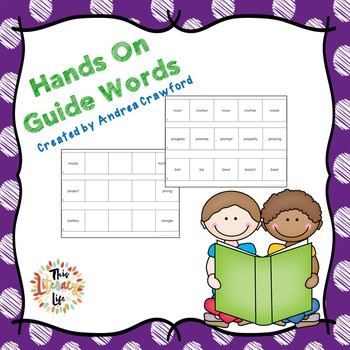
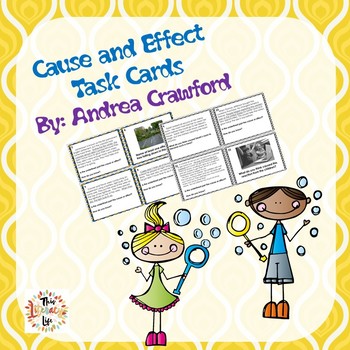
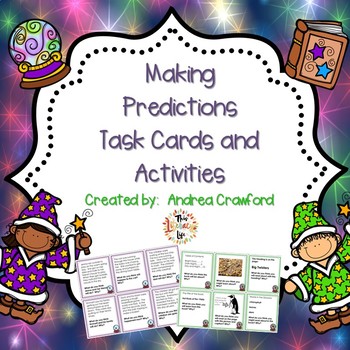

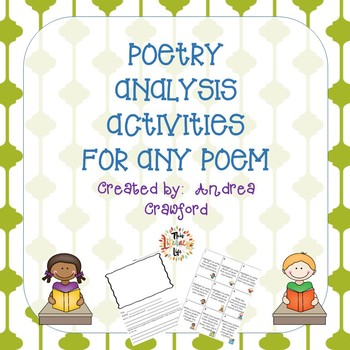
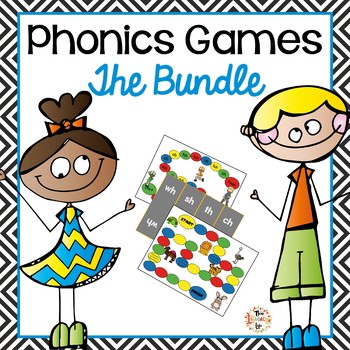

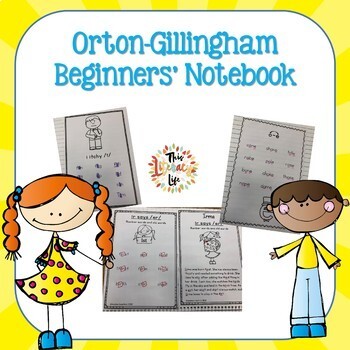







No comments
Leave a comment, tell me your thoughts!